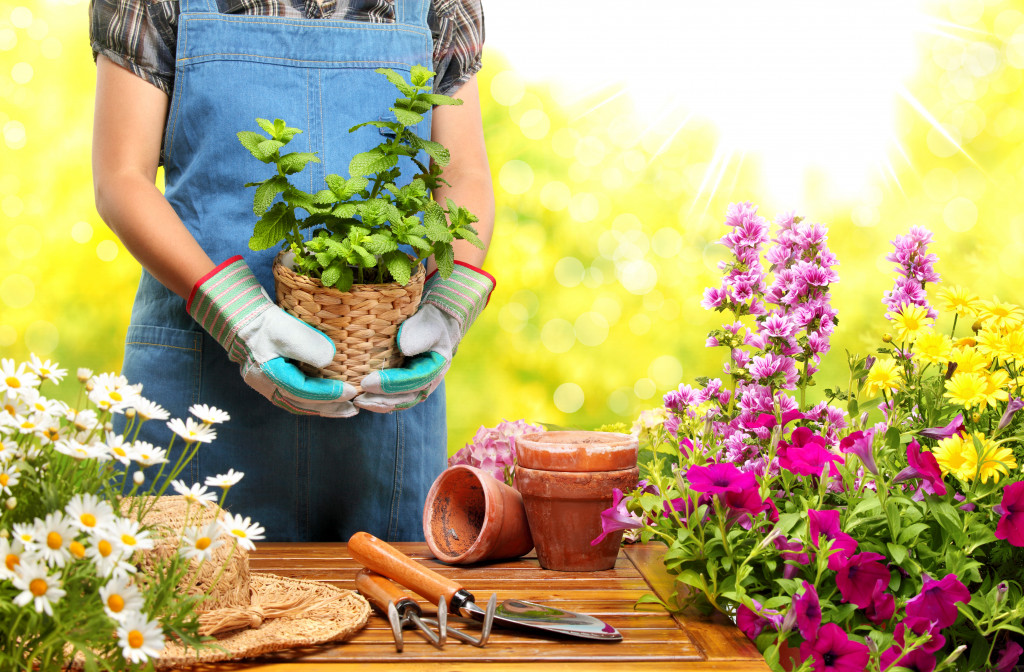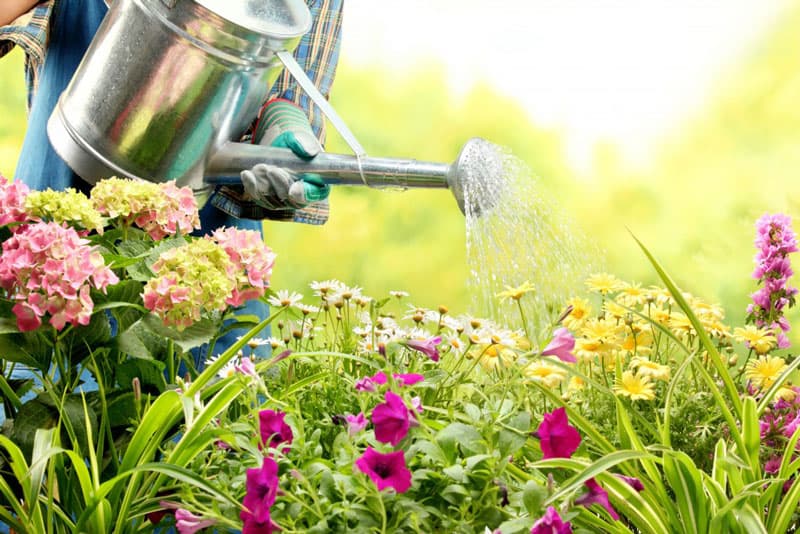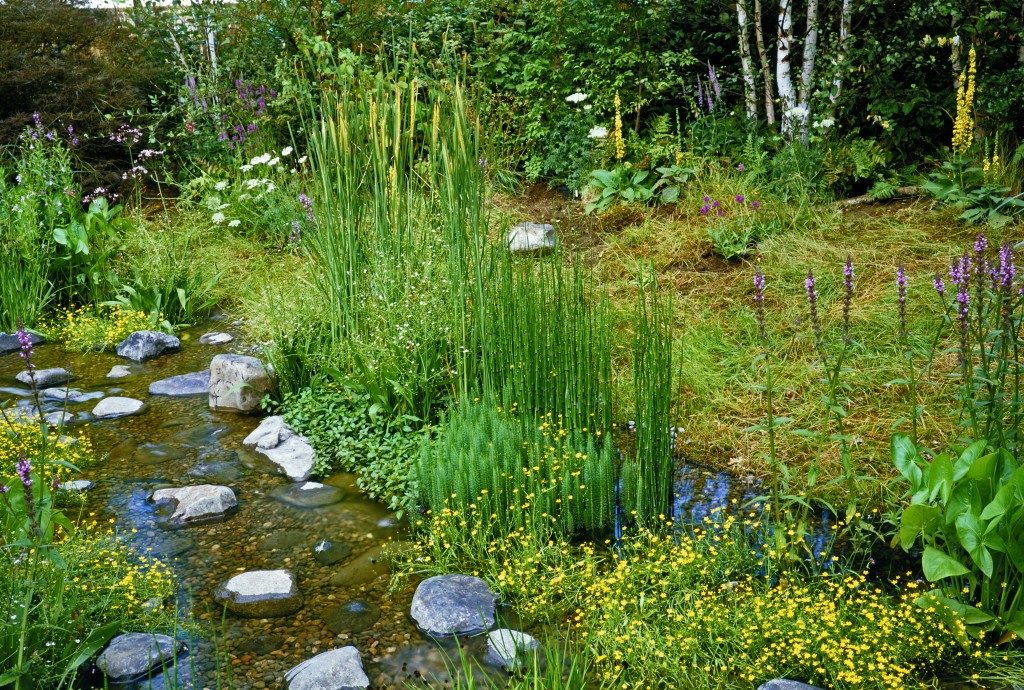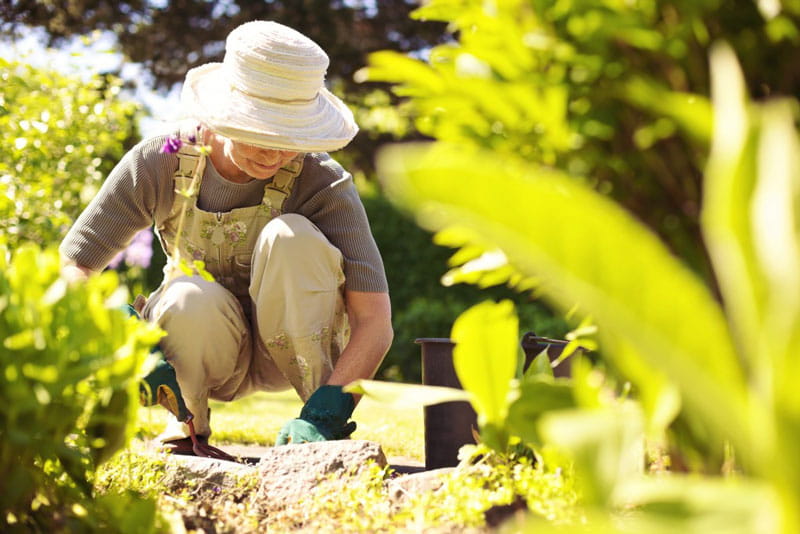- To create a lush garden, assess your garden’s condition, identify its needs, and create a garden plan.
- Proper soil preparation and plant selection improve plant health as well as reduce maintenance.
- Drip irrigation, mulching, and collecting rainwater help save water and reduce irrigation waste.
- Regular pruning and removing pests and diseases are critical for a beautifully maintained garden.
- Harvesting and renewing plants can promote sustainability while introducing new varieties for a constantly changing look.
A lush and vibrant garden is a sight to behold and can bring a sense of peace and serenity to any outdoor space. But creating and maintaining such a garden requires some effort and knowledge. A garden can improve the overall health and well-being of those who tend to it. Gardening is a relaxing and stress-relieving activity, providing a sense of calm and satisfaction.
In addition to the personal benefits, a well-maintained garden can also increase the value of a property. A lush garden can make a home more attractive to potential buyers, creating a welcoming and inviting atmosphere. It can also serve as a unique selling point for the property, setting it apart from others in the area.
But creating a lush garden requires more than just planting a few seeds and hoping for the best. It takes some planning, knowledge, and effort. Choosing the right plants for your garden is one of the most critical factors.
This article will explore tips and tricks for greening outdoors and transforming your garden into a lush oasis. So whether you’re a seasoned gardener or just starting, read on for our expert advice on creating a lush and beautiful outdoor space.
Assessing Your Garden
Before implementing any garden design, you need to assess your garden’s condition and features. You may want to consider soil type, the sunlight your garden receives, drainage, and water availability. These aspects will help you identify potential limitations your garden may have and develop practical solutions to overcome them.
Identifying Your Garden’s Needs
Once you have assessed your garden, you can create a priority list of what it needs. For example, you may want to add color to your garden or a permanent structure such as a fence. Identifying your garden’s needs will help you to create a design that reflects your preferences while optimizing your garden’s potential.
Creating a Garden Plan
Designing a garden plan ensures the final product meets your expectations. Your garden plan should include the placement of plants, flowers, and trees and any features such as pathways or water fountains.
When creating a garden plan, it’s essential to consider the size of your garden, the style you want to achieve, and how long it will take to complete the project. The plan should also include a list of needed materials, such as soil, fertilizer, and garden tools.
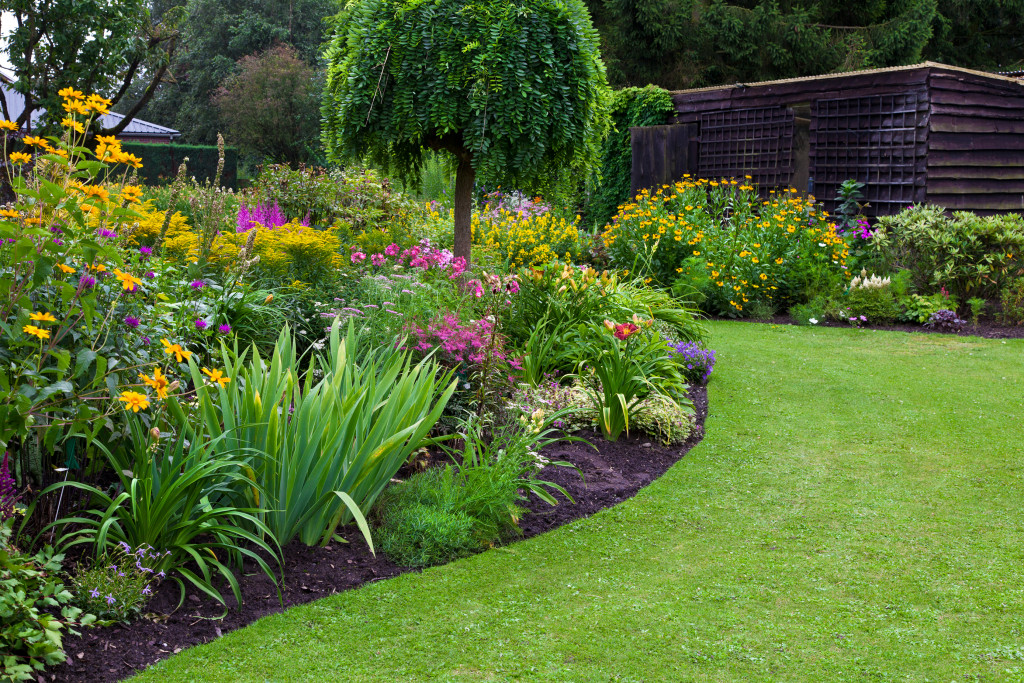
Preparing Your Garden
To start, it’s significant to prepare your garden properly. This includes things like soil preparation and selecting the right planting techniques. Start by testing your soil’s pH levels to determine if any amendments are necessary.
Usually, too acidic or alkaline soils can cause plant stress, leading to poor growth and pest and disease problems. If your soil is too acidic, add lime or organic matter like bone meal or wood ash to balance it.
Adding Compost and Organic Top Soil
Once you have determined the pH level of your soil, it’s time to add compost or organic topsoil. Adding compost and organic topsoil will help improve your soil’s health and provide essential plant nutrients. Organic matter can be made from plant leaves, grass clippings, kitchen scraps, and other organic materials. Another benefit of adding compost is that it helps retain moisture in the soil and reduce erosion.
Planting Techniques
When selecting plants, consider native and adaptive species. Native species are accustomed to the local soil and climate conditions, while adaptive species are non-native but do well in the region. Doing this will help create a more sustainable, low-maintenance garden that requires less water and fertilizer. Grouping plants based on their growing requirements is also essential. This allows you to customize your watering plan and avoid over or under-watering.
Watering and Irrigation
Watering your garden is essential to keeping your plants happy and healthy. However, several ways exist to save water and make your irrigation system more efficient. One way is to use drip irrigation, which slowly and directly delivers water to the roots of your plants.
This method helps reduce water loss from evaporation, overwatering, and wind, making it an ideal solution for dry and arid regions. Other ways to conserve water include using mulch to prevent evaporation and collecting rainwater in barrels and other storage containers.
Maintaining Your Garden
Building a garden offers numerous benefits while adding curb appeal to your home. Take a peek at some tips and tricks for maintaining a thriving garden.
Pruning and Trimming
Regular pruning and trimming are vital for creating well-maintained and shaped plants. Pruning encourages the healthy growth of your plants and prevents dead or overgrown limbs from taking over their neighbors. Fading or crispy leaves should be removed promptly, which helps to stimulate the formation of fresh new leaves.
Pest and Disease Management
Pests and diseases can ruin the best dreams of gardeners if not appropriately managed. So, check your plants regularly to detect any signs of pests or diseases. Use eco-friendly pesticides and natural remedies like essential oils or soap to keep away garden pests.
Harvesting and Renewal
Your garden’s purpose isn’t only for beauty and sustainability; you must harvest or renew it regularly. Regular harvesting and renewal encourage the growth of fresh plants and, more importantly, keep the plants healthy. You can plant seasonal varieties of plants to introduce new looks to your garden as well.

Creating a lush and vibrant outdoor space requires knowledge, effort, and planning. Assessing the condition of your garden first is essential to identify any potential limitations it may have. This will help you create a plan that meets your expectations while optimizing its potential.
With proper preparation, such as soil testing for pH levels and adding compost or organic topsoil, as well as planting techniques like grouping plants based on their needs and using drip irrigation, you can transform your outdoor area into an oasis of beauty with all the benefits it provides—from increased property value to improved health and well-being.

